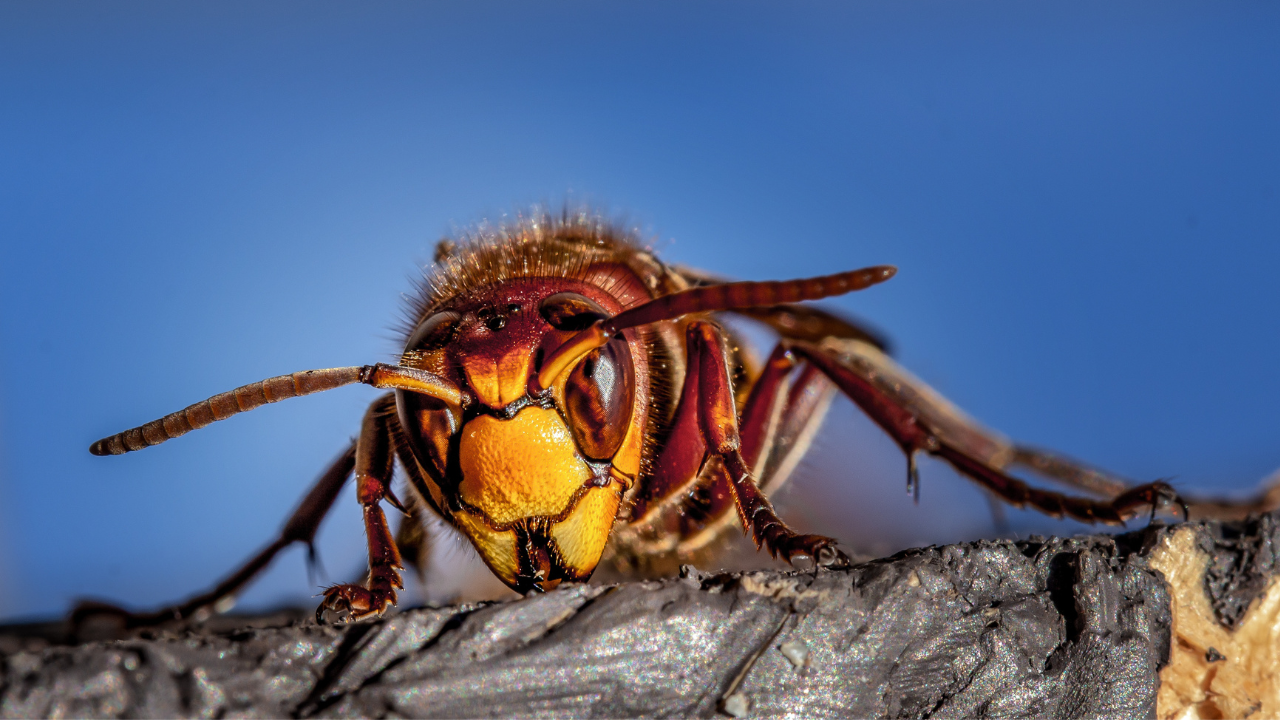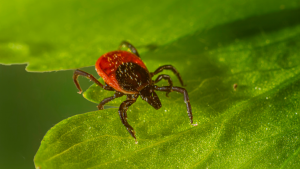Yellow-jackets, hornets, and wasps can seem frightening, however, if left alone they will usually leave people alone as well. All of these stinging insects are actually considered beneficial insects, because they hunt all kinds of other pests throughout: gardens, homes, and forests. Thus, nest removal is only necessary when it is located in an area with high traffic, such as: doorways, mailboxes, garbage areas etc.
Prevention:
Stinging insects are attracted to: sugar, meat, and water. They commonly forage around: pools, dumpsters, picnics, outsides of restaurants, grills etc. Therefore, routine cleaning of “spills” (spills of food, sugars, water) can help to prevent them from foraging nearby. Use TweetMint Enzyme Cleaner to clean these spills and help deter/repel these stinging insects.
Practice proper sanitation, routinely spraying dumpsters & garbage cans will help repel these insects. Spray diluted TweetMint Enzyme Cleaner or Not Nice To Bugs to wash these areas.
Elimination:
For eliminating stinging insects that pose a threat to those that are allergic, or are in high traffic areas, use either TweetMint Enzyme Cleaner or Not Nice To Bugs at 2-3 oz (4-6 tbsp) per 32 oz, and spray directly onto the pests.
In order to practice IPM and remove the nests, you will need to wear protective equipment i.e. a beekeeper suit. Never take on a large nest without training/experience, and it is best to have a helper.
Ground Nests:
Yellow-jackets, hornets, and wasps can make their nests underground, which can be especially dangerous for mowing. All stinging insects are attracted to heat, for example, they will attack the engine of a mower and be attracted to the heat it gives off.
Always begin IPM at night, as that’s when all insects return to the nest to avoid cooler temperatures and sleep. Bring a light and a larger sprayer (1-2 gallons) as you will need to flood the entire nest, using either TweetMint Enzyme Cleaner or Not Nice To Bugs.
Continuously, flood the nest at 2-3 oz (4-6 tbsp) per quart. Cover any entrances with a clear glass bowl to inspect the next day. Stinging insects, will not try to make a new entrance as they will repeatedly try to fly through the glass bowl (they cannot understand why the “sky is hard”). If there are still stinging insects crawling around the next day, repeat the flooding control.
Sometimes it is hard to flood the underground nest enough (different types of soil can prevent doing so), the nest holds many crevices where the insects can hide. While flooding, have a helper dig the nest out in order to remove it for good. *Note* the nest can be quite hard, like cement, because of the insect’s moldings.
Once the nest is removed, fill in the hole with soil.
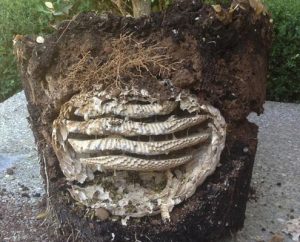
Aerial Nests:
These nests come in a variety of shapes and sizes, it all depends on what time/stage they are discovered. Usually, they can be a little easier than ground nests, as they are visible.
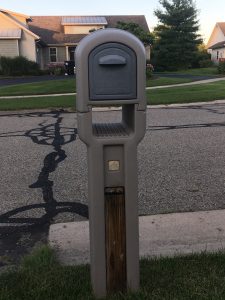
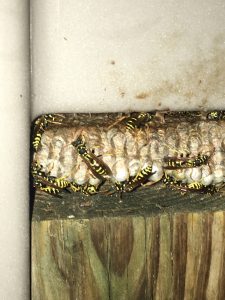
Make sure to flood the nests with TweetMint Enzyme Cleaner or Not Nice To Bugs. Once the all insects are eliminated, remove the nest in a seal bag.
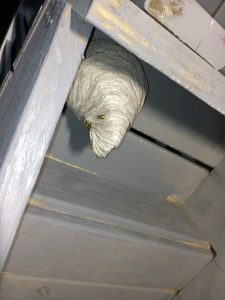
For larger nests, like the one pictured above, try to soak/flood the entire nest, especially the opening. *Note* when treating this nest, I found it extremely helpful when using a light that produced heat. All the yellow-jackets would swarm the light because of its heat source. Continuously, rip nest apart to reach inner tunnels until the nest is destroyed. Tear down the nest and seal it in a bag for disposal. It is good to have a helper spray from the opposite side, or target the insects that are flying, while you focus on the nest.
Always check areas where nests were built because a new colony will attempt to build in that suitable area again. Simply spray any insects that are inspecting old areas.
Final Thoughts:
For more information read the full chapter at: www.thebestcontrol2.com
Or call 616-677-2850.
Thank you and Bee-Safe!
-Gage

